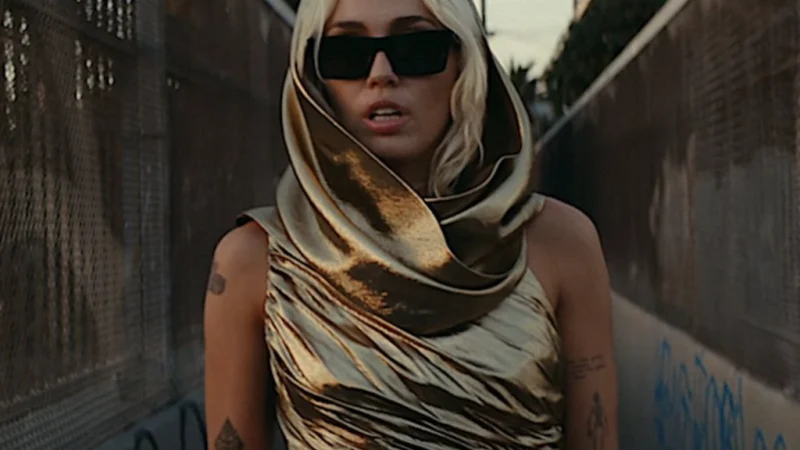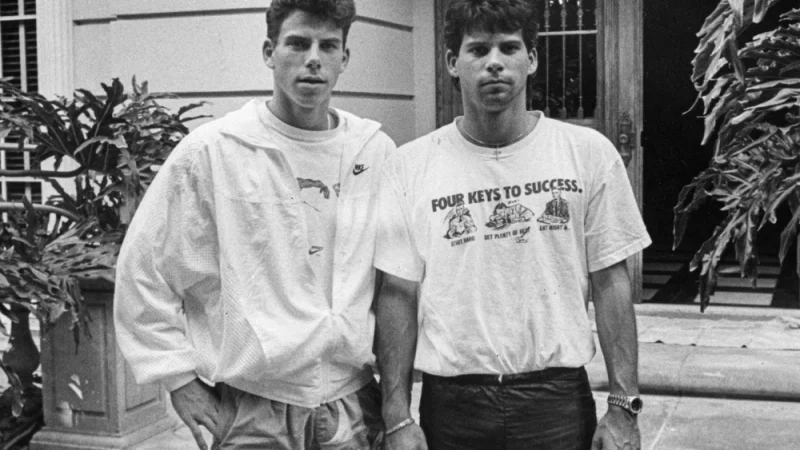Shakira, Shakira: Her 25-Year Career in 10 Tracks

It was 25 years ago today that a raven-haired rockera from Barranquilla, Colombia made her mark. After two failed albums, she was given a third and final chance with a little LP called Pies Descalzos, or “Bare Feet.” With full creative control, 18-year-old Shakira bared her soul, and the world was introduced to her strikingly poetic lyricism. As she’s evolved with her music throughout the years, that free-spirited Shakira essence remains the same. She helped set the stage for Latin music’s global crossover, most recently at the Super Bowl halftime show, with both feet planted firmly on the ground.

That girl with the electric guitar got herself some red highlights and expanded her repertoire with her second major label album, 1998’s ¿Dónde Están Los Ladrones?, blending Latin rock with elements of pop and Middle Eastern influences that reflected her Lebanese heritage. At the same time, she was discovering how to use her whole body as an instrument to the music, belly-dancing on “Ojos Así.” Pies laid the groundwork for Shakira’s takeover of Latin music while Ladrones established her as a bonafide superstar in that scene.
Having reached the ceiling of Latin music, Shakira wanted more, so she looked to the US with her English-language crossover album, 2001’s Laundry Service. Now a blonde bombshell, she was seen as a sellout by some original fans while breaking through that new market with the smash hit “Whenever, Wherever” and the Spanish version “Suerte.” Yes, Shakira had to record in English to find her footing as a global pop star, but with 2005’s Fijación Oral, Vol. 1, she later charmed that wider audience over to the other side.

There’s no limits to her success in any market or language. When you think you have her figured out, she always switches it up. Shakira is still that rockera. She’s still that pop star. She can do it all, as exemplified by her recent Zootopia cut “Try Everything.” The self-proclaimed “She Wolf” is a тιтan in the digital era of music where she devours billions of streams with her catalog. In her wake, Colombia has become a H๏τspot for talent with recent exports like J Balvin, Maluma and Karol G.
As Latin music continues to become a global force, we can’t forget to remember Shakira’s impact in the movement. With 25 years of LatinXcellence, we’re breaking down Shakira, Shakira’s best career moments with 10 of her biggest hits.
After not achieving much success with her albums Magia and Peligro, the тιтle of the lead single for Shakira’s Pies Descalzos album was pretty emblematic. “Estoy Aquí,” or “I’m Here,” sounded like a declaration of an artist who finally found herself in the music. The reᴀssuring tune remains a tender moment in her catalog. From the get go, Shakira pushed the envelope with Pies Descalzos, especially on “Se Quiere, Se Mata.” She sang about the dangers women face with unsafe abortions when there’s no legal option. It’s an issue that activists in Latin American countries are fighting for right now. 25 years later, Shakira is still here and shaking things up.
“Ciega, Sordomuda” (1998
After a book of Shakira’s lyrics for her Pies Descalzos follow-up was stolen, she spun the bad situation into gold with the album ¿Dónde Están Los Ladrones?, or “Where Are The Thieves?” She teamed up with Colombian hit-maker Estéfano to pen the lead single “Ciega, Sordomuda.” The song about being blinded by love kept Latin music fresh with its unique blend of mariachi and dance-pop music. “Ciega” would define the sound of Latin music going into the new millennium as other artists started lining up to collaborate with Estéfano next. The rockera was finding her groove and absolutely loving it in the wild music video
“Chantaje” (2016)
Shakira’s global breakthrough helped put Colombia on the map in the Latin music scene. J Balvin, Karol G and Maluma are among the new generation of stars to emerge from the country. She teamed up with Maluma for the ultra Sєxy “Chantaje” for her album El Dorado. Shakira had the self-proclaimed “Pretty Boy, Dirty Boy” on the hook with her timeless hips. The globe was also spellbound with “Chantaje” peaking at an impressive No. 51 on the Hot 100 chart. Maluma recently spoke about the collaboration in SPIN, saying, “Working with [Shakira] was a nice experience, and I’m going to be grateful to her for the rest of my life.”
“Waka, Waka (This Time for Africa)” (2010
After Shakira made an impact at the 2006 FIFA World Cup with the Bamboo remix of “Hips Don’t Lie,” she had an original song ready for the 2010 games in South Africa. She teamed up with local Afro-fusion band Freshlyground for another one of her biggest anthems, “Waka, Waka (This Time for Africa).” The music video featured the top soccer players at the time, including her boyfriend Gerard Piqué. That was her first time meeting the Spanish star. “Waka Waka” was a highlight of Shakira’s Super Bowl halftime performance where she highlighted the Afro-Colombian community with the traditional champeta dance break.

“She Wolf” (2009
Having already proved herself in the English-language market, Shakira went into her She Wolf album just looking to have some fun. The zany тιтle track missed the Hot 100 top 10 by one spot, peaking at no. 11, but it remains a playful and important moment in her catalog. Backed by disco-influenced beats, Shakira championed for women to let out their inner “She Wolves” and live their Sєxually-empowered lives. She ate up the patriarchy as she embraced her Sєxuality in the surreal music video. Speaking of Sєxuality, “She Wolf” became an LGBTQ+ anthem. “There’s a she wolf in the closet, let it out so it can breathe,” she sang. Shakira said, “Derechos de los gays!” (or “Gay rights!”)
“Beautiful Liar” (2007)
For her first all-female collaboration, Shakira joined forces with superstar Beyoncé on “Beautiful Liar.” Bey sought out Shakira for the lead single to her B’Day album re-release. We never got a joint live performance of this iconic team-up, but fortunately the two stars served enough looks and hip action in the chic music video to last for years to come. Shakira also got Beyoncé in on her belly-dancing gig. That Middle Eastern-inspired dance break was everything and continues to live in my head rent free. The power that that has. A few years later, Shakira would enlist another R&B queen, Rihanna, for her single “Can’t Remember to Forget You.”

“Ciega, Sordomuda” (1998)
After a book of Shakira’s lyrics for her Pies Descalzos follow-up was stolen, she spun the bad situation into gold with the album ¿Dónde Están Los Ladrones?, or “Where Are The Thieves?” She teamed up with Colombian hit-maker Estéfano to pen the lead single “Ciega, Sordomuda.” The song about being blinded by love kept Latin music fresh with its unique blend of mariachi and dance-pop music. “Ciega” would define the sound of Latin music going into the new millennium as other artists started lining up to collaborate with Estéfano next. The rockera was finding her groove and absolutely loving it in the wild music video





